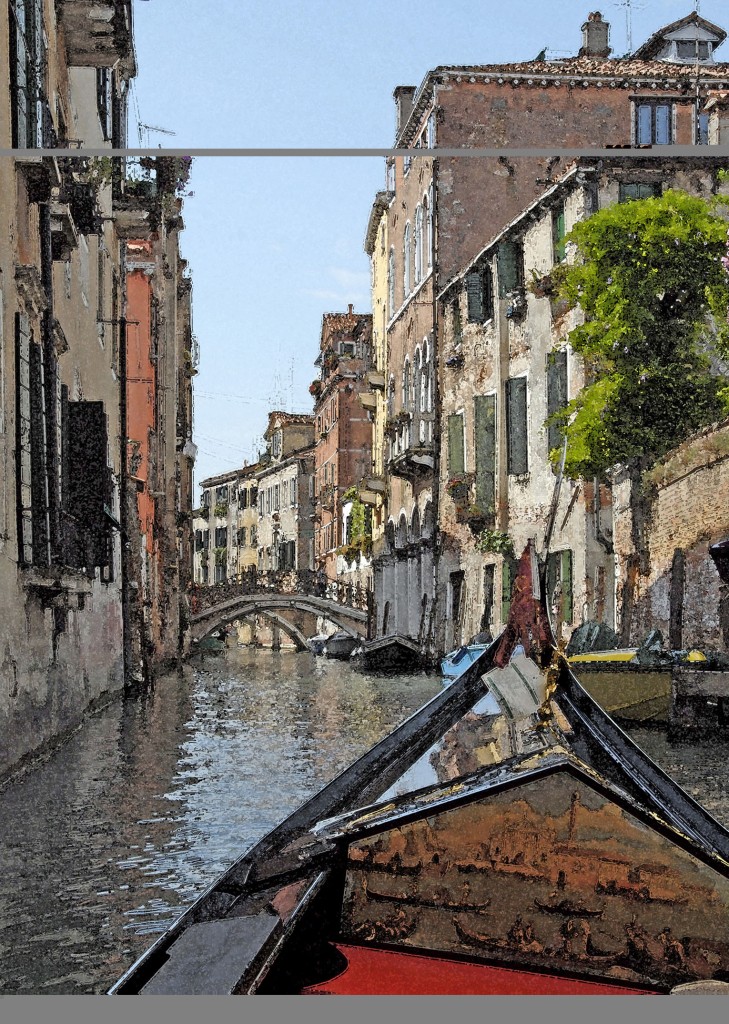This is part 5 of The Roots of Photography, based on the book The Photographer’s Eye (paid link) by John Szarkowski. It is about what makes photography unique in the art world.
 Vantage Point: Expanding Perspectives
Vantage Point: Expanding Perspectives
“The photographer learned that the appearance of the world was richer and less simple than his mind would have guessed. His picture could reveal not only clarity, but the obscurity of things and these mysterious and evasive images could seem ordered and meaningful.” ~ The Photographer’s Eye, John Szarkowski
Photography teaches us to see that there are an infinite number of vantage points from which to view something (or be in relationship). If you can’t move your subject, you can always move your camera. Changing your vantage point actually changes what you see.
This is so applicable to life. It is the foundation for living a life of love and empathy; looking at things and people in multiple ways.
In the image to your right, I was in the gondola and wanted to show what I was seeing. By including the upper part of the gondola, I was able to share my perspective without words.
Reflection
Has photography helped you to see the world differently? Does it help you look at things from multiple perspectives? How could you incorporate practices that would help you to see more?
Exercises
Here are 5 ways to use photography to explore different perspectives.
1. Take at least 36 images of one subject from different vantage points. Be aware that you will reach a point where you don’t think there are any other possibilities (see the article on Boredom in Additional Resources). Stay with it. You will be surprised what you come up with.
2. Experiment with creating a sense of depth.
Hint 1: A wide angle lens held vertically and pointed down works superbly for this.
Hint 2: Find a vanishing perspective (see this article for examples).
3. Take several shots of a subject so that it is unclear as to what the subject is. Freeman Patterson called this, “capturing the uncanoeness of canoes.” Most of the time these will be macro shots.
4. Photograph something you don’t normally find interesting. Find a perspective or vantage point that helps you to see it in a new way.
5. Explore the work of other photographers, like Laszlo Moholy-Nagy, photographer and painter, who always pushed boundaries when it comes to perspective. Or 20th century British photographer, Bill Brandt
Additional Resources
Perspective in Photograpy by Sudipta Shaw
Boredom, the Edge of Creativity by Kim Manley Ort
Kim – what a great article on one of the most important parts of our photographic practice. (I am deeply honored to be part of your resources.)